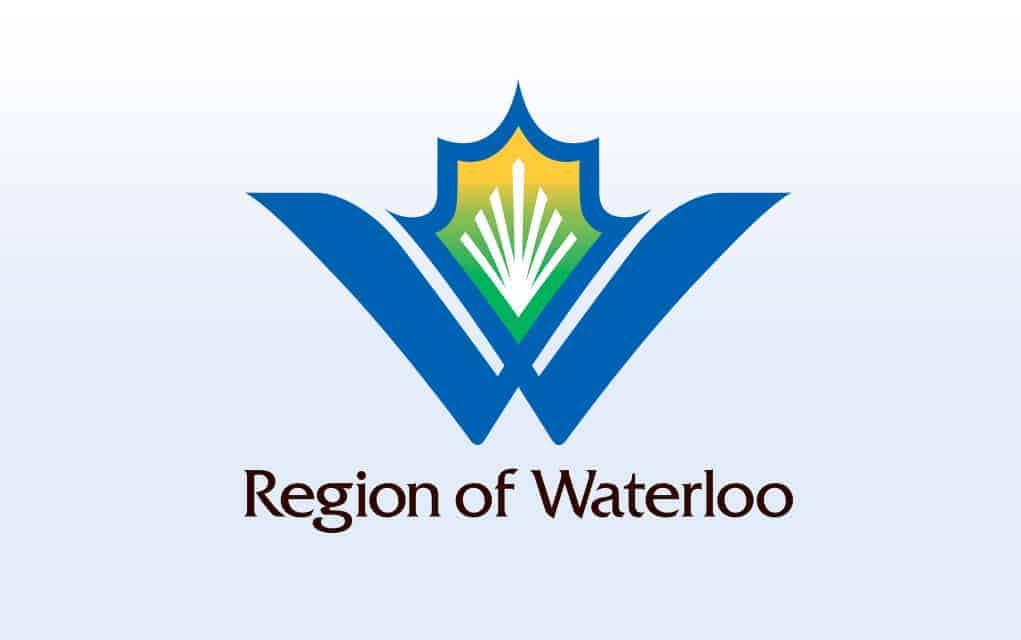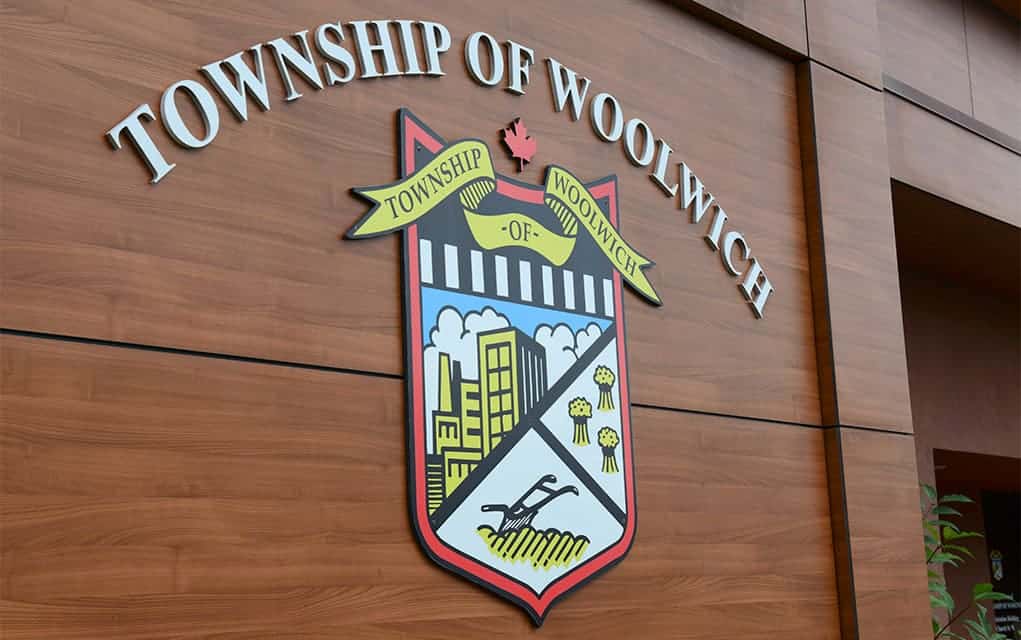Those buying new homes in the township won’t be hit with thousands of dollars in extra costs to pay for transit, regional council’s administration and finance committee decided Tuesday.
Members voted against a staff recommendation that would have added $3,188 to the price tag of each new home built region-wide. Instead, the development charges will apply only to the cities, with the four rural townships exempt from the amended bylaw.
To generate the same revenue from a cities-only approach, the development charge would be $3,465 for a single-family home.
A new charge for waste management – $255 for a single-detached home – will apply.
Currently, there are no development charges for waste management, so the $255 fee is new across the board. For transit, homes built in Waterloo, Kitchener and Cambridge come with a $794 surcharge, with the new rate quadrupling that. Homes built in the townships don’t pay development charges for transit. Woolwich is the only area outside of the cities currently paying for the operation of Grand River Transit, with a township-wide levy being applied to cover the cost of route 21 between Elmira and Waterloo.
During the consultation stage, all of the rural municipalities favoured the status quo in setting development charges for transit, with the region initially suggesting two other options: a lowered rate for the townships or a universal fee.
The decision on the transit component was welcome news for Woolwich Mayor Sandy Shantz, who had called the staff report’s recommendations “unfair” given the townships don’t benefit from the light rail transit project, which soaks up the bulk of current and future transit spending.
“The LRT was sold on not being charged back to the townships,” she noted. “We were promised that we wouldn’t have direct charges.”
Tuesday’s decision saw councillors make some compromises to come up with new charges, Shantz added.
“I’m actually very happy – it was a good meeting. It’s good for our homebuyers. And it’s good for our industrial and commercial side.”
Extra costs to development of all kinds would be an extra burden in the townships, she said.
That was the same tack taken by Wellesley Mayor Joe Nowak, whose township faces more struggles to attract development.
“From Wellesley’s perspective, it’s concerning,” he said of the transit charge recommended by staff. “Any sort of increase in charges is certainly not going to help us.”
A lack of hard municipal services, namely water and sewer, restricts the options for residential, commercial and industrial development. Making matters worse, the township has to compete with neighbouring municipalities where development charges are much lower (Mapleton Township’s are about a third of Wellesley’s) or nonexistent (Perth East Township), said Nowak.
Unlike Woolwich, which has a lightly used Grand River Transit bus route, Wellesley has no transit service at all, making the prospect of the new development charge every less palatable, he added.
“We don’t have transit. Because we don’t get a service, we shouldn’t have to pay for a service,” he said, noting the decision was fairly well backed by members of the committee, who made a decision with fairness in mind.
Following this week’s decision, the townships remain exempt – at least for the time being, as the region is scheduled to update its development charges bylaw in 2019.
“Everything is up for grabs again at that time,” said Shantz.
Development charges are assessed against land development projects to help cover the cost of capital infrastructure necessary due to growth. Regulated by the province, development charges are established by a formula dividing forecasted capital costs by the projected population growth. Eligible costs include long-term expenses for such things as indoor and outdoor recreation services, administration, road construction, public works, fire protection and water services.
The fees are intended to cover future municipal expenditures related to growth, with the developers – ultimately the buyers, of course – paying for the cost of each new addition to the building stock.









